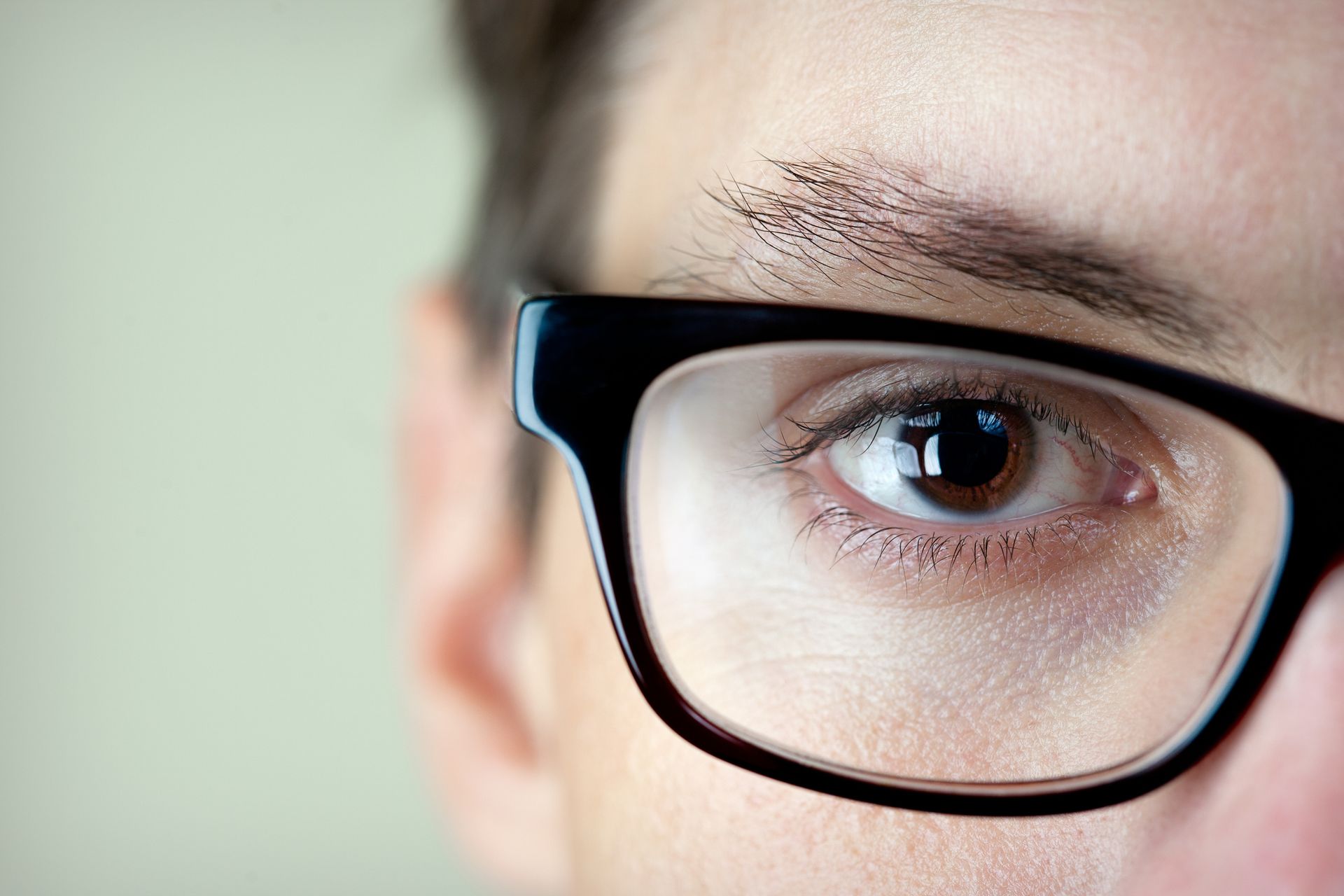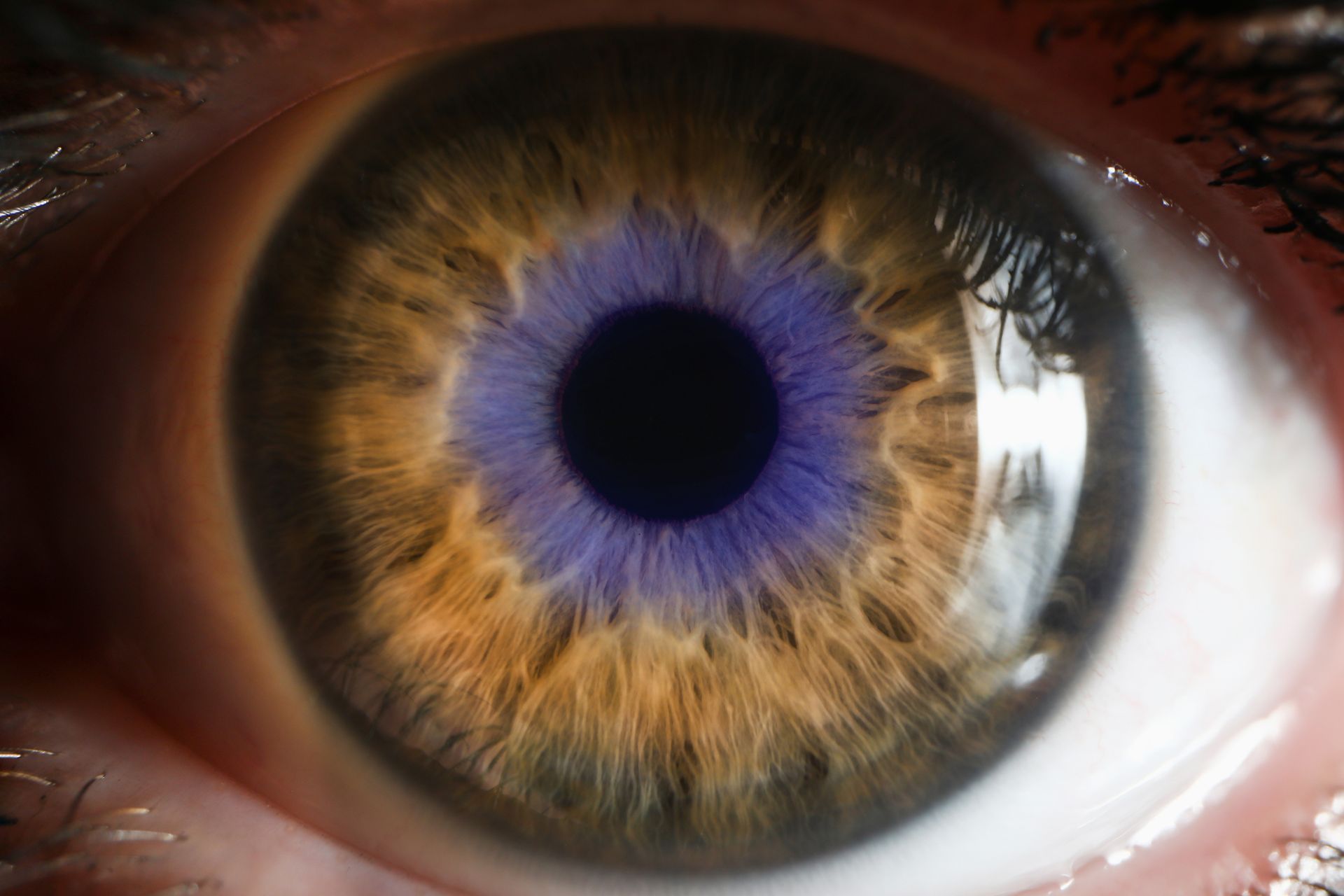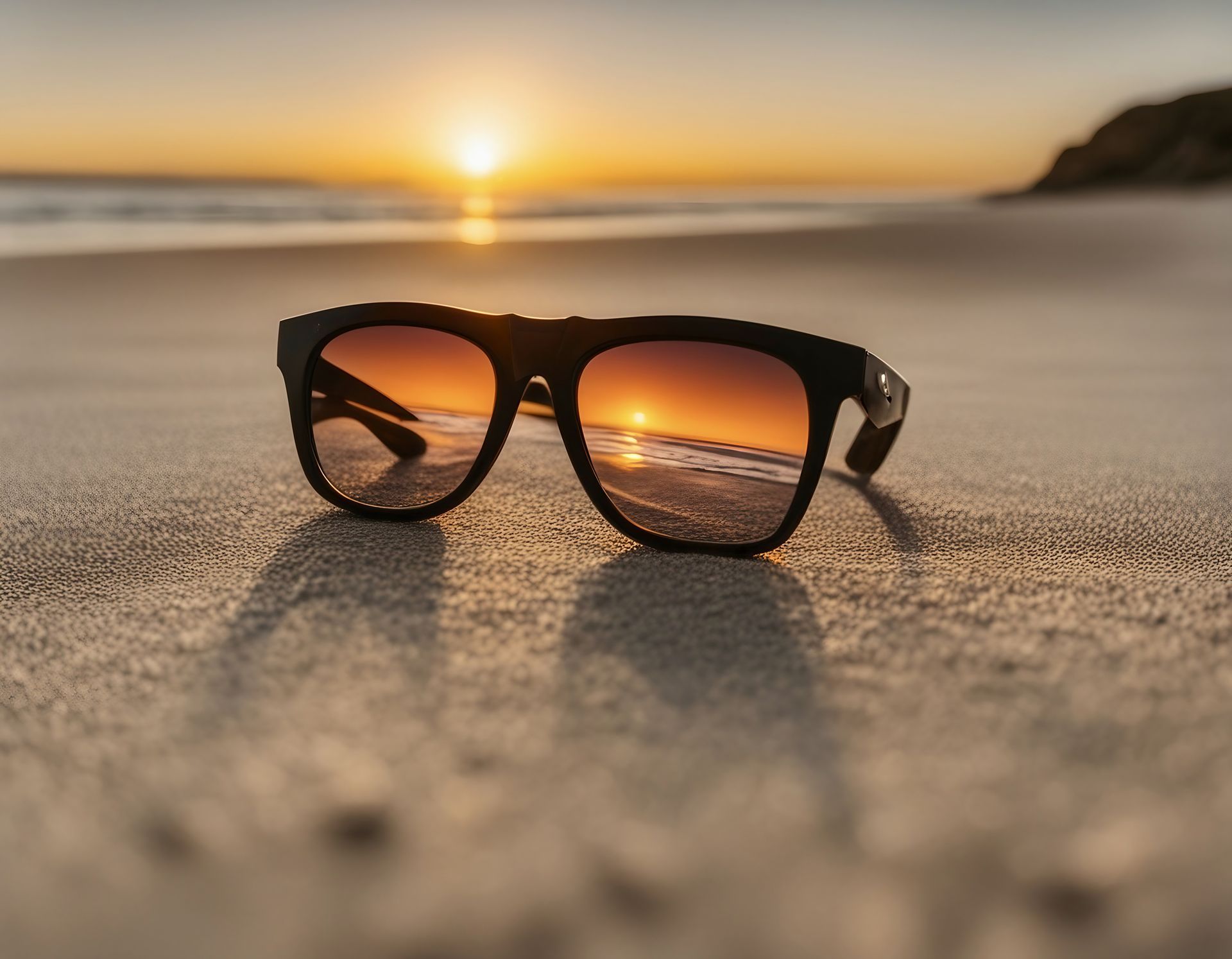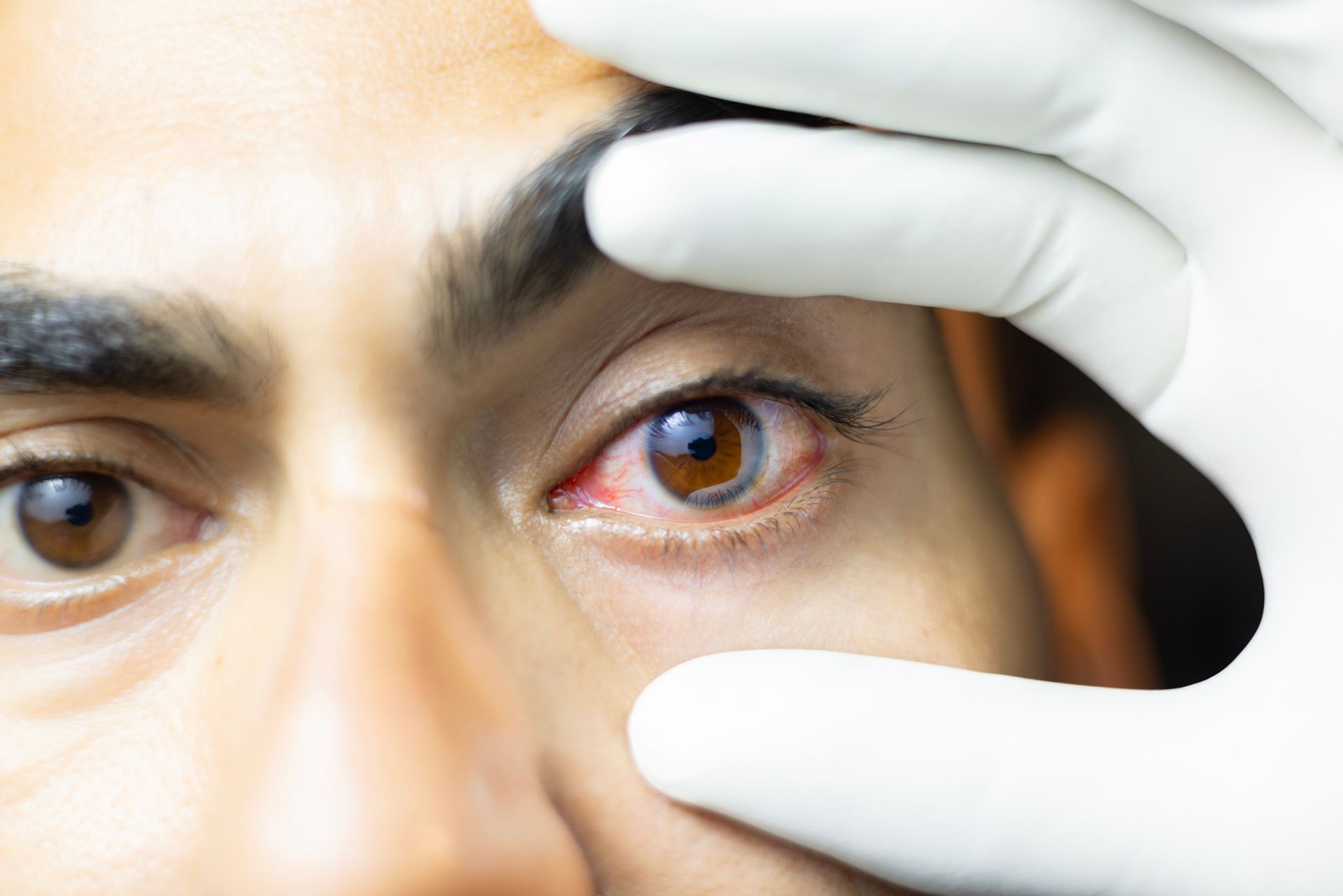Macular Degeneration: What You Need to Know
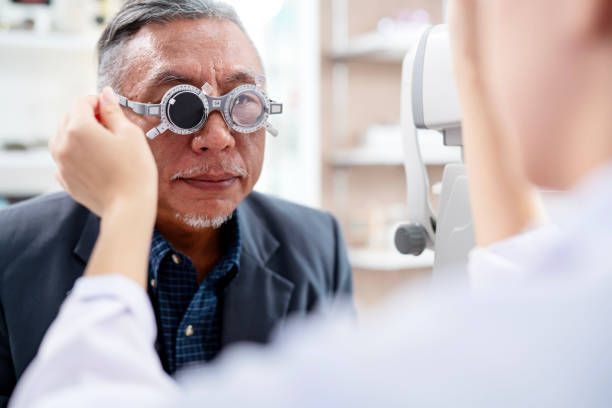
Macular degeneration (AMD) is one of the leading causes of vision loss in older Australians. However, with early detection and ongoing care, we have the best chance to slow its progression and protect your sight.
AMD affects the macula, the central part of your retina that allows you to see detail. When the macula deteriorates, your central vision becomes blurred or distorted, making it difficult to read, recognise faces, or drive.
Types of AMD
- Dry AMD: The most common form. It progresses slowly and may go unnoticed at first.
- Wet AMD: A more advanced stage of dry AMD. It’s less common but more severe, involving abnormal blood vessels that can rapidly damage vision and require urgent treatment.
Risk Factors
- Age (most common over 50)
- Family history of AMD
- Smoking
- Poor diet and low antioxidant intake
- UV exposure
Can It Be Treated?
While there’s no cure, early detection makes a significant difference. Treatments include:
- Lifestyle changes (diet improvements, smoking cessation)
- UV and glare protection
- Intravitreal injections for wet AMD
- Regular eye exams to monitor changes
- AREDS2-based dietary supplements: These have been shown to slow progression in moderate to advanced AMD, based on the results of the AREDS2 clinical study.
At VISION Michael Hare Optometrists, we use advanced imaging like OCT and ultra-widefield retinal scans with autofluorescence to monitor the macula and catch problems early.
Concerned about your risk of macular degeneration? Book an appointment with VISION Michael Hare Optometrists today and we’ll take a closer look with the latest technology.
Related Articles:
→ Cataracts: Causes and Treatment
→ Comprehensive Eye Health Assessment
→ How Often Should I Get My Eyes Tested?
References:
- Mitchell P et al. Five-year incidence of AMD. Ophthalmology. 2008.
- Keel S et al. National Eye Health Survey. British Journal of Ophthalmology. 2019.
- Optometry Australia. The Importance of Regular Eye Examinations. 2024.
- Age-Related Eye Disease Study 2 Research Group. Lutein + Zeaxanthin and Omega-3 Fatty Acids for Age-Related Macular Degeneration.
JAMA. 2013.
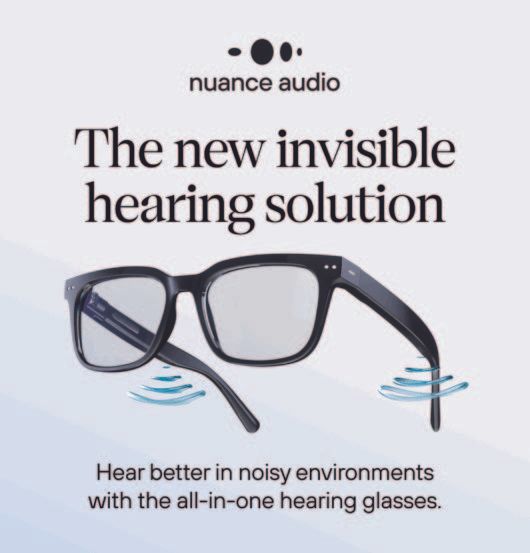
The New Invisible Hearing Solution: Nuance Audio - now available at Vision Michael Hare Optometrists
